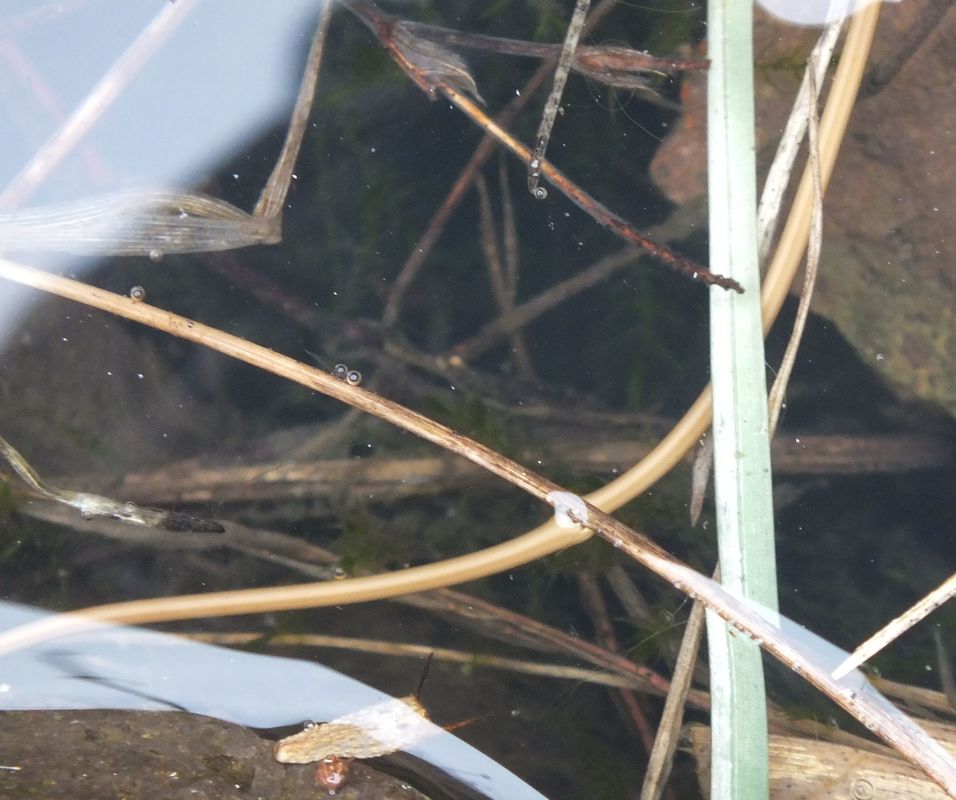

Thelazia callipaeda is widespread across Asia and has now become established in continental Europe. Musca autumnalis (face fly) appears to be the most important vector for T. canicularis (lesser house fly), are vectors for T. Fannia spp., such as Fannia benjamini (canyon fly) and F. (=A.) okadai are the primary intermediate hosts for T. For example, Phortica (= Amiota) variegata and P. are drosophilid flies that feed on lacrimal secretions (lacrimophagous), and associations are parasite-specific. Intermediate hosts or vectors for Thelazia spp. gulosa is a parasite of cattle, and occasionally other large ruminants. Some of these could possibly represent misidentifications of species. felids, bears, cervids, sheep, jackrabbits ( Lepus californicus)). californiensis infections have been reported in numerous mammals, mostly from wild and domestic canids, but also others (e.g. Natural infections have also been detected in felids, mustelids, and lagomorphs. Hosts and Vectorsīoth wild and domestic canids are considered the primary definitive hosts for Thelazia callipaeda. Humans may also serve as aberrant definitive hosts following exposure to an infected fly intermediate host in the same manner. The larvae invade the conjunctival sac of the definitive host upon the fly intermediate host’s feeding and become adults after about a month and two additional molts. The fully developed 元 larvae break out of the capsules and migrate to the fly’s mouthparts, where they remain until the fly feeds on the tears of the definitive host.

The encapsulated larvae molt twice to become infective 元 larvae. In the digestive tract of the intermediate host, L1 larvae become exsheathed and invade various host tissues, including the hemocoel, fat body, testis, and egg follicles where they develop in capsules. L1 larvae are ingested by the face fly intermediate host during feeding on tears and lacrimal secretions. Adults reside in the conjunctival sac of the definitive host where the ovoviviparous females release first-stage (L1) larvae ensheathed in a shell membrane.


 0 kommentar(er)
0 kommentar(er)
